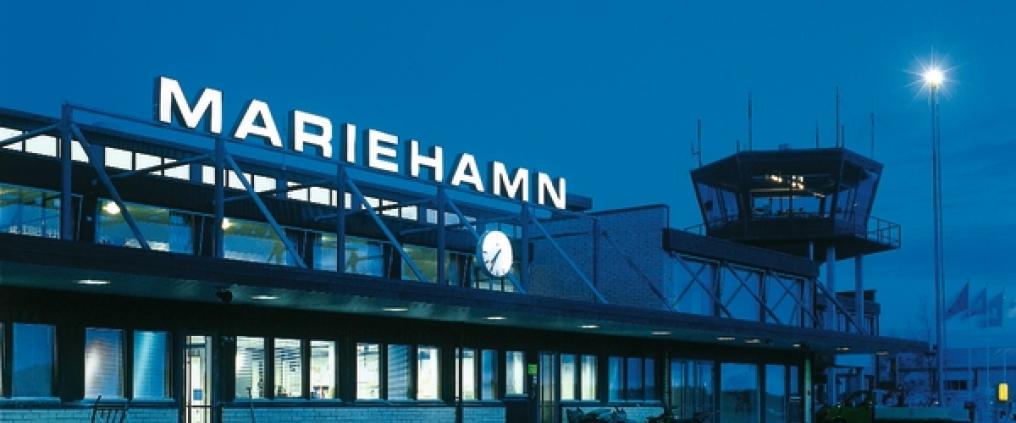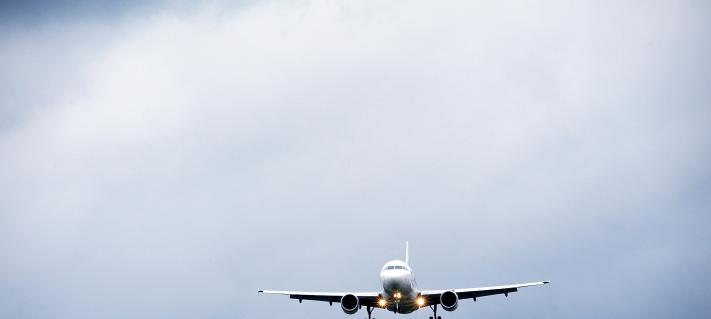Everyone living close to an airport knows the location can be somewhat noisy. Besides departing and arriving with passengers and cargo, aircraft may take off and land for training exercises.
SHT, short for Skärgårdshavets Helikoptertjänst, is a private enterprise that offers ambulance helicopter flights. The company was established in the Finnish archipelago province of Åland Islands in 1990. In addition to training during the day, pilots and crew members also practice during the night.
“Each new pilot and crew member must undergo a training session in the dark. Moreover, they all attend scheduled trainings at fixed intervals,” says Frank Elmgren, Training Manager at SHT.
“Additionally, whenever a pilot or crew member has not flown at night in the previous 90 days, they must perform three takeoffs and landings in the dark. You can’t attend a rescue mission before you’ve completed the training.”
Training is vital
To secure rescue flights for those in need, training in the dark is imperative. It is essential never to let a lack of practice to stand in the way of helping someone requiring medical attention.
“There are times when saving a patient’s life can be a matter of seconds. These situations call for a prompt response,” Elmgren says.
In wintertime, training in the dark can be done in the afternoon, right after 4 pm. On the other hand, in spring and summer, training sessions must be carried out rather late – after 10 pm – which may bother residents in the neighbouring areas. This has been noted especially in Åland, which is known for its peace and quiet.
In addition to Mariehamn, SHT operates the flights of medical helicopter service provider FinnHEMS in Vantaa, Turku and Tampere. Training sessions take place around these bases, or in other words, wherever the helicopters are.
Required by law
Training sessions take thirty to fifty minutes, but usually half an hour is enough.
“In winter, when the weather is bad, it can take a long time before a pilot needs to go on a night mission. That’s when the 90 days’ period may pass, and the pilot will be required to go through the training,” says Elmgren.
Training is based on a regulation by the European Aviation Safety Agency (EASA). In Finland, a company is accountable for its pilots’ proficiency to Trafi, the Finnish Transport Safety Agency.
SHT employs 24 pilots and 25 crew members. The employees are responsible for their own flight training in the dark. Training statistics and needs are also monitored at SHT offices.
Read about Border Guard’s Air Patrol Squadron which also performs rescue missions



